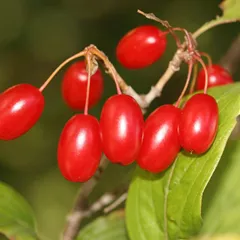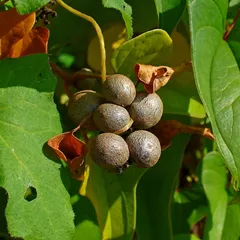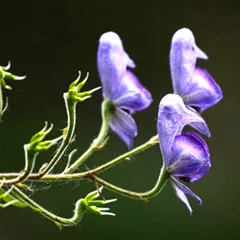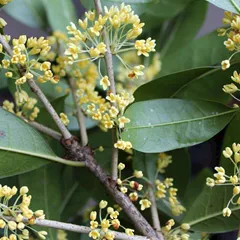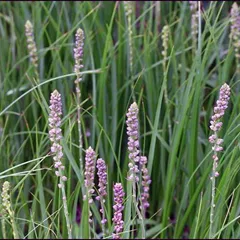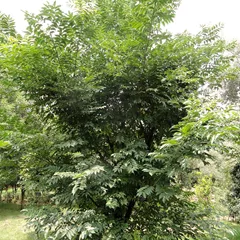Gui Shao Di Huang Tang
Gui Shao Di Huang Tang
Chinese: 归芍地黄汤
Pinyin: Guī Sháo Dì Huáng Tāng
Other names: Angelica Paeonia Rehmannia Decoction, Dong quai Mudan peony bark Rehmannia Decoction,
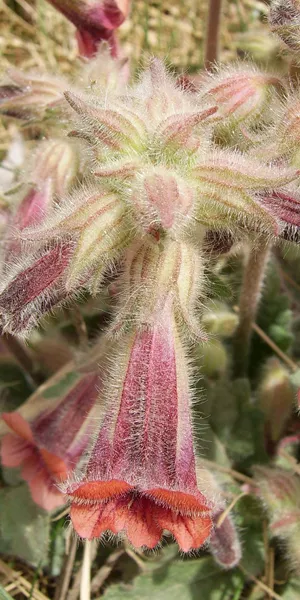
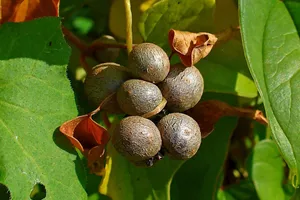
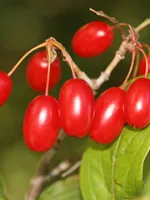
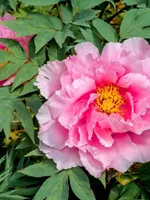




Gui Shao Di Huang Tang
Gui Shao Di Huang Tang
Chinese: 归芍地黄汤
Pinyin: Guī Sháo Dì Huáng Tāng
Other names: Angelica Paeonia Rehmannia Decoction, Dong quai Mudan peony bark Rehmannia Decoction,
Number of ingredients: 8 herbs
Formula category: Formulas that nourish Yin and tonify
Conditions for which it may be prescribed: Menstrual crampsMenopausal syndromeAbsence of menstruation
- Nourishes Blood
- Nourishes Yin
Source date: 1706 AD
Source book: Symptom, Cause, Pulse, and Treatment
The information provided here is not a replacement for a doctor. You shouldn't use it for the purpose of self-diagnosing or self-medicating but rather so you can have a more informed discussion with a professional TCM practitioner.
Gui Shao Di Huang Tang is a 8-ingredient Chinese Medicine formula with Prepared Rehmannia (Shu Di huang) as a principal ingredient.
Invented in 1706 AD, it belongs to the category of formulas that nourish Yin and tonify. Its main actions are: 1) nourishes Blood and 2) nourishes Yin.
In Chinese Medicine health conditions are thought to arise due to "disharmonies" in the body as a system. These disharmonies are called "patterns" and the very purpose of herbal formulas is to fight them in order to restore the body's harmony.
In this case Gui Shao Di Huang Tang is used by TCM practitioners to fight patterns like Kidney and Liver Yin Deficiency or Liver Blood and Kidney Yin Deficiency. From a Western Medicine standpoint, such patterns can give rise to a range of conditions such as absence of menstruation, menopausal syndrome or menstrual cramps for instance.
On this page, after a detailed description of each of the eight ingredients in Gui Shao Di Huang Tang, we review the patterns and conditions that Gui Shao Di Huang Tang helps treat.
The eight ingredients in Gui Shao Di Huang Tang

Shu Di huang is a king ingredient in Gui Shao Di Huang Tang. Like the name indicates, it means it has more power than other ingredients in the formula.
1. Prepared Rehmannia (Shu Di huang)
Part used: Prepared dried root tuber
Nature: Warm
Taste(s): Sweet
Meridian affinity: KidneyLiver
Category: Tonic herbs for Blood Deficiency
In general Shu Di huang's main actions are as follows: "Tonifies the Blood. Tonifies the Yin of the Kidneys."
In the context of Gui Shao Di Huang Tang, it is used because it nourishes Liver and Kidney Yin.
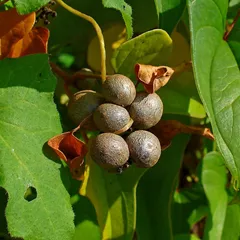
2. Yam (Shan Yao)
Part used: Dried rhizome
Nature: Neutral
Taste(s): Sweet
Meridian affinity: KidneyLungSpleen
Category: Tonic herbs for Qi Deficiency
In general Shan Yao's main actions are as follows: "Tonifies the Spleen and Stomach. Tonifies the Lung Qi and nourishes the Lung Yin. Nourishes the Kidneys and consolidates Jing."
In the context of Gui Shao Di Huang Tang, it is used because it nourishes Liver and Kidney Yin.
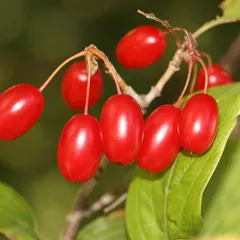
3. Cornelian Cherries (Shan Zhu Yu)
Part used: Dried ripe sarcocarp
Nature: Warm
Taste(s): Sour
Meridian affinity: KidneyLiver
Category: Herbs that stabilize and bind
In general Shan Zhu Yu's main actions are as follows: "Preserves and tonifies the Kidney, Liver and Essence. Stops sweating and benefits the Yang and Qi. Assists menstruation and stops bleeding."
In the context of Gui Shao Di Huang Tang, it is used because it nourishes Liver and Kidney Yin.
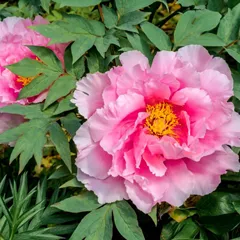
4. Mudan Peony Bark (Mu Dan Pi)
Part used: Root barks
Nature: Cool
Meridian affinity: HeartKidneyLiver
Category: Herbs that cool the Blood
In general Mu Dan Pi's main actions are as follows: "Cools the Blood, activates Blood circulation and resolves Blood stasis."
In the context of Gui Shao Di Huang Tang, it is used because it nourishes Liver and Kidney Yin.
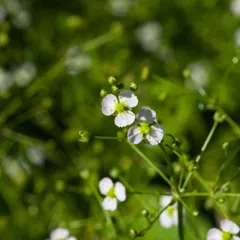
5. Water Plantain (Ze Xie)
Part used: Dried tuber
Nature: Cold
Taste(s): Sweet
Meridian affinity: BladderKidney
Category: Herbs that drain Dampness
In general Ze Xie's main actions are as follows: "Causes urination and removes Damp-Heat"
In the context of Gui Shao Di Huang Tang, it is used because it nourishes Liver and Kidney Yin.
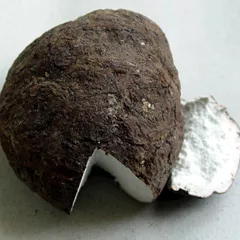
6. Poria-Cocos Mushrooms (Fu Ling)
Part used: Dried sclerotium
Nature: Neutral
Taste(s): Sweet
Meridian affinity: HeartKidneyLungSpleen
Category: Herbs that drain Dampness
In general Fu Ling's main actions are as follows: "Encourages urination and drains Dampness. Tonic to the Spleen/Stomach. Assists the Heart and calms the Spirit."
In the context of Gui Shao Di Huang Tang, it is used because it nourishes Liver and Kidney Yin.
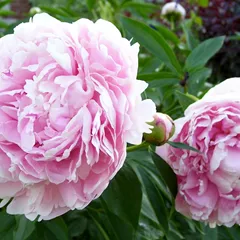
7. White Peony Roots (Bai Shao)
Part used: Dried root
Nature: Neutral
Meridian affinity: LiverSpleen
Category: Tonic herbs for Blood Deficiency
In general Bai Shao's main actions are as follows: "Tonifies the Blood and preserves the Yin. Nourishes the Liver and assists in the smooth flow of Qi. Regulates the meridians and eases the pain."
In the context of Gui Shao Di Huang Tang, it is used because it nourishes Blood.
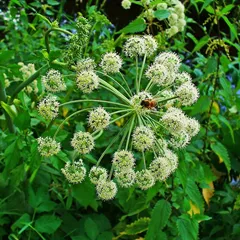
8. Dong Quai (Dang Gui)
Part used: Dried root
Nature: Warm
Meridian affinity: HeartLiverSpleen
Category: Tonic herbs for Blood Deficiency
In general Dang Gui's main actions are as follows: "Tonifies the Blood. Lubricates the Intestines. Relieve constipation. Promotes circulation and dispels Bi Pain. Reduce Dysmenorrhea and help with irregular menstruation."
In the context of Gui Shao Di Huang Tang, it is used because it nourishes Blood.
Conditions and patterns for which Gui Shao Di Huang Tang may be prescribed
It's important to remember that herbal formulas are meant to treat patterns, not "diseases" as understood in Western Medicine. According to Chinese Medicine patterns, which are disruptions to the body as a system, are the underlying root cause for diseases and conditions.
As such Gui Shao Di Huang Tang is used by TCM practitioners to treat two different patterns which we describe below.
But before we delve into these patterns here is an overview of the Western conditions they're commonly associated with:
Absence of menstruation Menopausal syndrome Menstrual cramps
Again it wouldn't be correct to say "Gui Shao Di Huang Tang treats absence of menstruation" for instance. Rather, Gui Shao Di Huang Tang is used to treat patterns that are sometimes the root cause behind absence of menstruation.
Now let's look at the two patterns commonly treated with Gui Shao Di Huang Tang.
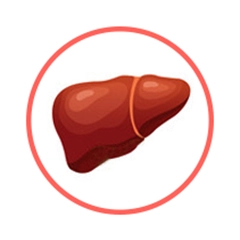
The Liver is a so-called "Zang" Organ. Learn more about the Liver in Chinese Medicine
Kidney and Liver Yin Deficiency
Pulse type(s): Empty (Xu), Floating (Fu)
Tongue coating: Partial absence of coating
Tongue color: Red
Symptoms: Tics Vertigo Fatigue Tinnitus Insomnia Dry eyes Dry hair Dry skin Dizziness Dry mouth Sore back Headaches Dry throat Dry vagina Dry stools Amenorrhea Joint pain Infertility Hot flushes Night sweats Blurred vision Scanty periods Delayed period Excessive tear Lower back pain Lightheadedness Afraid of light Tingling of limbs Diminished hearing Vertical headaches Occipital headaches Nocturnal emissions Chronic sore throat Hot palms and soles Numbness in the limbs Withered and brittle nails Heat in vaginal and vulvar Feeling of heat in the afternoon Spontaneous and nocturnal emissions Soreness and weakness in the lower back
Gui Shao Di Huang Tang is sometimes prescribed by TCM practitioners to treat Kidney and Liver Yin Deficiency. This pattern leads to symptoms such as dizziness, tinnitus, diminished hearing and lower back pain. Patients with Kidney and Liver Yin Deficiency typically exhibit empty (Xu) or floating (Fu) pulses as well as Normal-coloured without coating or with rootless coating.
The Liver stores Blood while the Kidneys store Essence.
Liver Blood depends on Essence for nourishment, while Essence depends on Blood for replenishment. Both have a common source: Grain Qi derived from the Spleen. In terms of Five Elements, the Kidneys nourish the Liver.
A long term Liver Blood... read more about Kidney and Liver Yin Deficiency

The Liver is a so-called "Zang" Organ. Learn more about the Liver in Chinese Medicine
Liver Blood and Kidney Yin Deficiency
Pulse type(s): Empty (Xu), Floating (Fu)
Tongue coating: Complete absence of coating
Tongue color: Red
Symptoms: Fatigue Tinnitus Sore back Dizziness Scanty periods Blurred vision Delayed period Dull menstrual cramps Pain relieved with massage
Gui Shao Di Huang Tang is sometimes prescribed by TCM practitioners to treat Liver Blood and Kidney Yin Deficiency. This pattern leads to symptoms such as sore back, scanty periods, dizziness and pain relieved with massage. Patients with Liver Blood and Kidney Yin Deficiency typically exhibit empty (Xu) or floating (Fu) pulses as well as a red tongue with complete absence of coating.
Formulas similar to Gui Shao Di Huang Tang
Liu Wei Di Huang Wan is 75% similar to Gui Shao Di Huang Tang
Ba Wei Di Huang Wan is 75% similar to Gui Shao Di Huang Tang
Qi Ju Di Huang Wan is 75% similar to Gui Shao Di Huang Tang
Shen Qi Wan is 75% similar to Gui Shao Di Huang Tang
Zhi Bo Di Huang Wan is 75% similar to Gui Shao Di Huang Tang
Ba Xian Chang Shou Wan is 75% similar to Gui Shao Di Huang Tang


